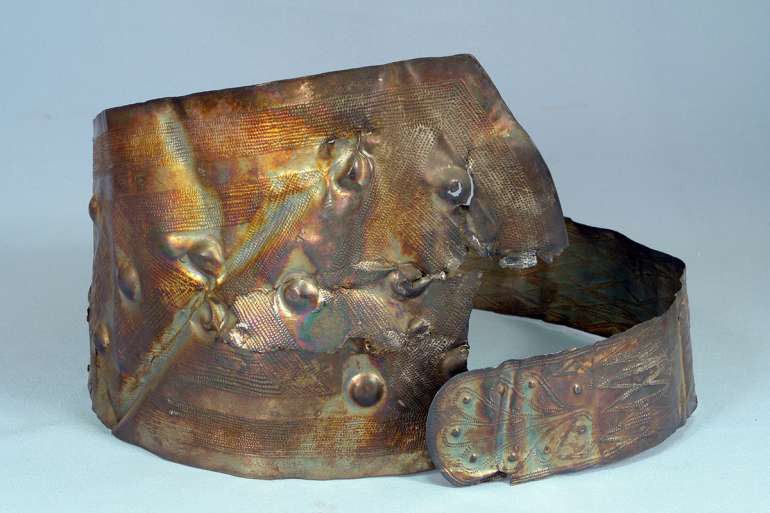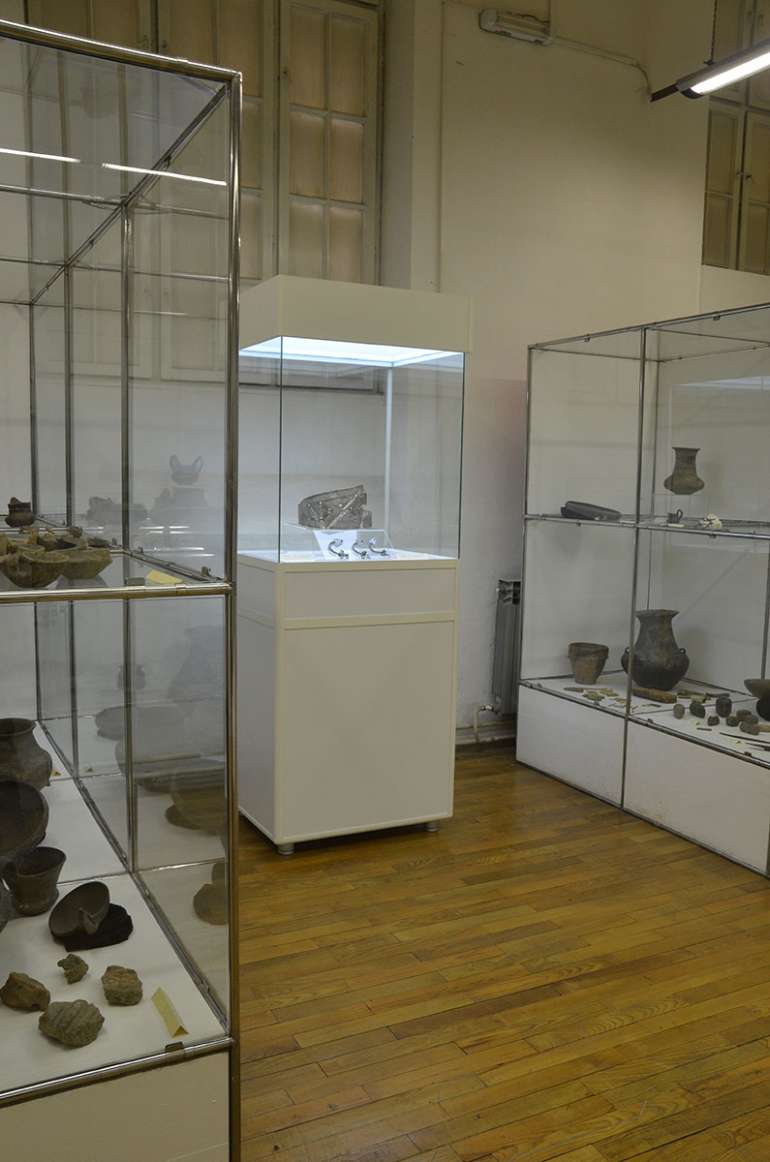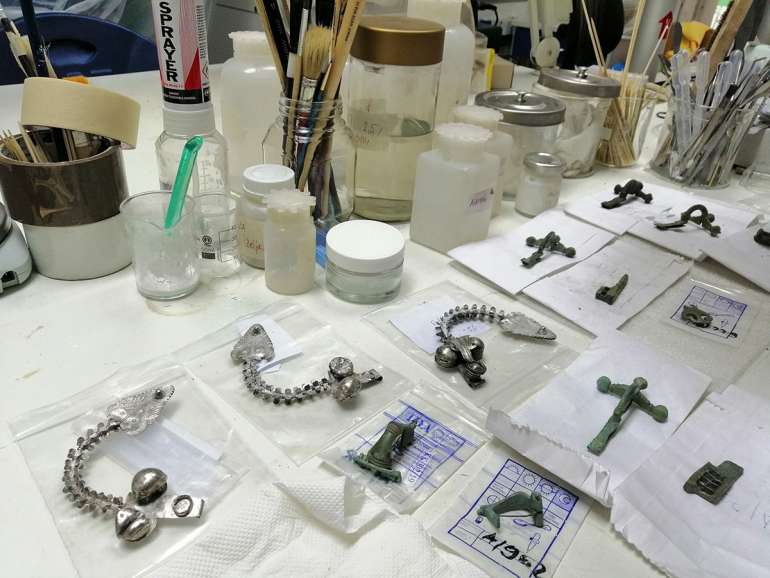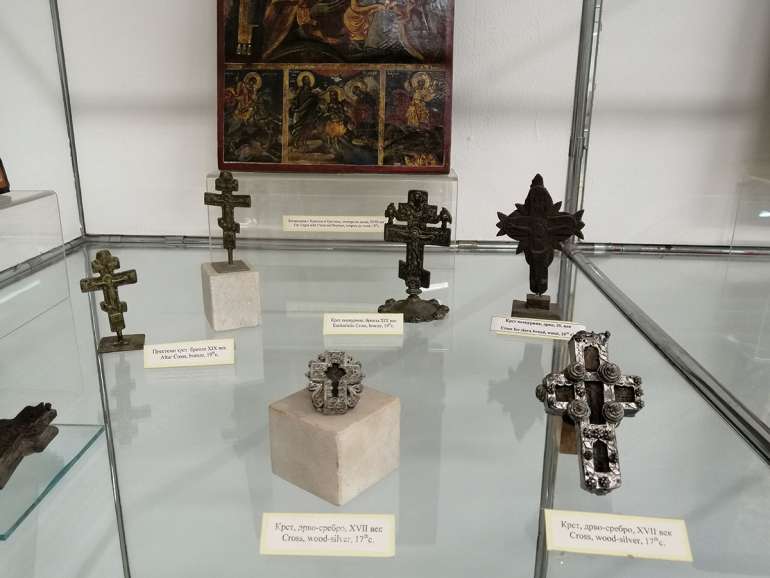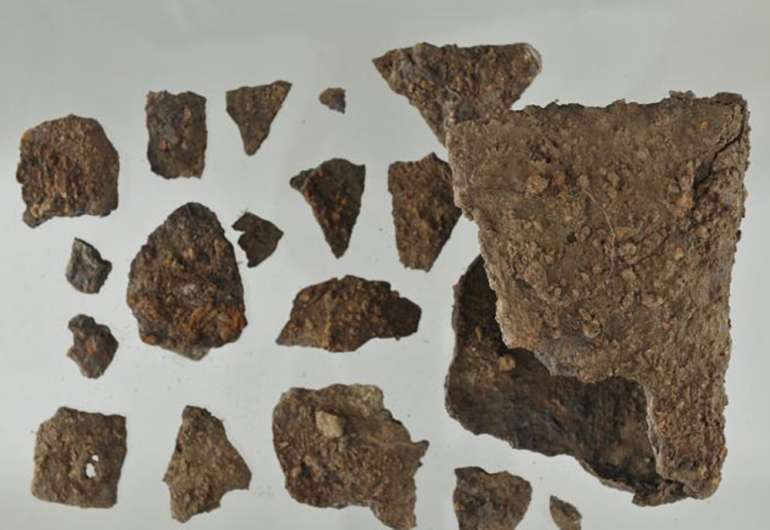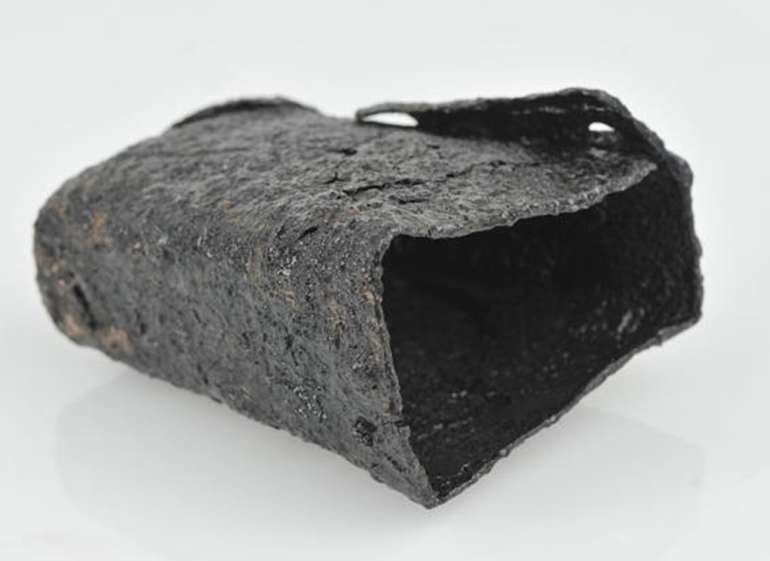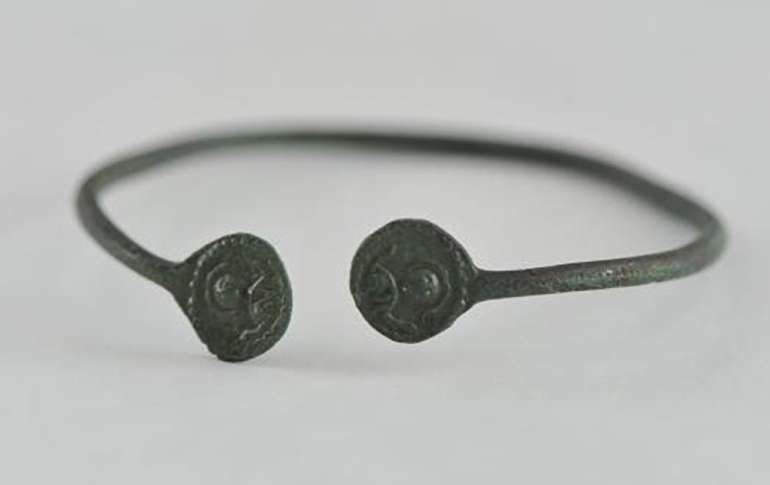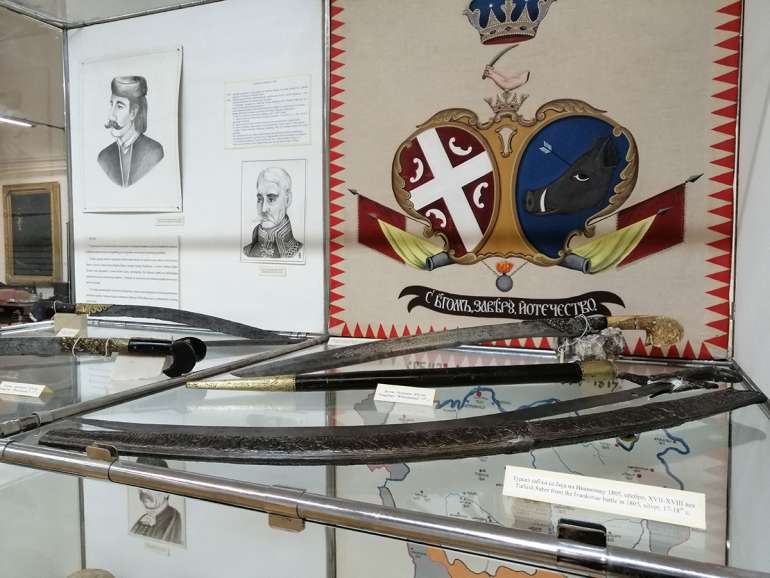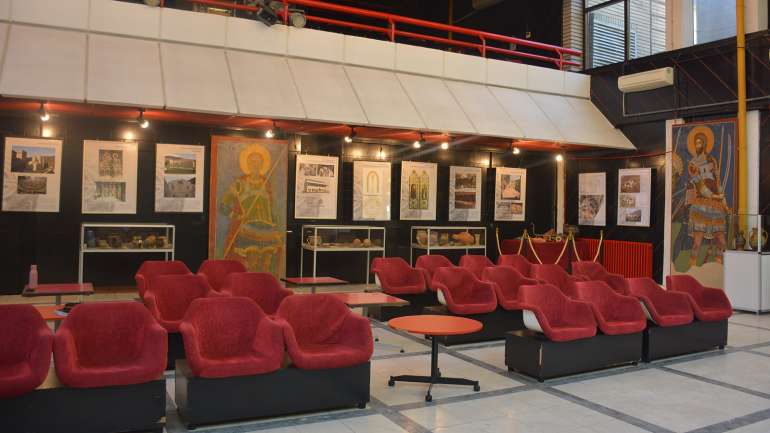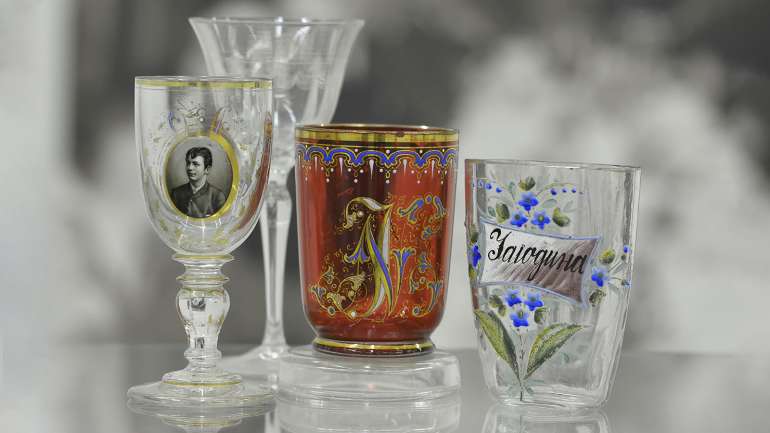Written by: Sonja Perić, senior curator
The main task of us, curators, (lat. custos), guardians of museum collections, is to protect museum objects from deterioration for the future. This preservation implies complete care of the object, both its acquisition, protection, processing, chronological and cultural determination, based on analogies and other methods, as well as its presentation through thematic exhibitions, permanent museum exhibitions, scientific and popular articles, publications and editions.
In order to keep the exhibits in an adequate way, it is necessary to ensure optimal conditions in which they are displayed or deposited. Different types of objects have different requirements, different tolerance to temperature and its oscillation, relative air humidity and the influence of pollutants from the external environment. Preventive conservation includes that part of creating optimal conditions for the preservation of museum objects, and for this purpose it is useful to have devices that measure the relative humidity and temperature of museum spaces. The smaller the oscillations of these values, the more favorable the conditions for the objects. That is why the Regional Museum Jagodina, with the support of the Ministry of Culture and Information RS, provided thermohygrographs almost two decades ago, and in 2015. data loggers were also provided.
Another segment of the protection of museum objects is their conservation and restoration. Restoration is carried out if we want to restore the objects to their original appearance and replace missing elements, while conservation stabilizes the condition of the objects and minimizes the possibility of their devastation. Curators have been involved in the conservation of objects since the foundation of the museum, and since 2012, the project of systematic protection of museum objects made of metal and combined with metal from various collections of the Museum has been implemented.
It all started with the protection of one of the most valuable exhibits from our collection. It is a silver belt of “Mramorac” type from Batinac (6th-5th century BC), on which sudden changes on the surface were observed, which could indicate the accelerated deterioration of the object. The Regional Museum project, financed by the Ministry of Culture and Information of the RS, 2012-2014. In 2015, in cooperation with the Central Institute for Conservation in Belgrade, the conservation procedure was carried out in an adequate manner, as an example of good practice, which was published in the edition of the CIC and the Regional Museum in 2015. In the first year, the condition of the object and the composition of the materials from which it was made and the elements of the patina that endanger it were diagnosed, using a multidisciplinary approach. In the following 2013, a careful conservation treatment was carried out and the belt was restored to its stunning appearance and shine. In order to protect this precious object from further devastation, it was decided to create a special museum display case for it, which is hermetically sealed, protects the exhibited objects from pollutants from the air, temperature fluctuations and has a chamber for depositing silica gel that maintains a stable relative humidity of the air in the showcase. The silver belt conservation project proved to be a unique opportunity, not only for studying the causes of deterioration, the state of preservation of the objects and the conservation treatment itself, but also for improving the display conditions and aesthetic experience of the exhibits, as well as improving the conservation profession and museum activity itself. Today, in a special museum display case, in addition to the silver belt, three silver fibulae of the Čurug type (5th-4th century BC) are on display.
Cooperation with the CIC, with the support of the Ministry of Culture and Information RS, continued in 2015 on the project of protecting museum exhibits made of metal and combined with metal, when 115 exhibits from the Archaeological, Historical and Art Department were conserved, and in 2019 another 103 museum objects. Today, most of them are on permanent display in the museum. In addition to conservation treatment, the Ministry’s projects provide equipment and funds for small-scale cleaning of museum objects, as well as packaging for their transport and storage, as well as pedestals for their display.
In 2022, the Ministry of Culture RS financed the sixth stage of this project, with the aim that all museum objects made of metal and composite with metal from the Museum’s fund are protected and their duration is ensured. Another 115 exhibits from three departments of the Regional Museum of Jagodina are protected.
The care of the objects continues, and with the reconstruction of the museum building, the remodeling of the space, the depot and the organization of a new permanent exhibition, which will have an adequate inventory, museum showcases made according to the principle of preventive conservation, optimal conditions for the display and preservation of the museum collection and better legibility of the exhibits will be ensured. Future generations will interpret our past through interaction with museum objects in our exhibitions.




